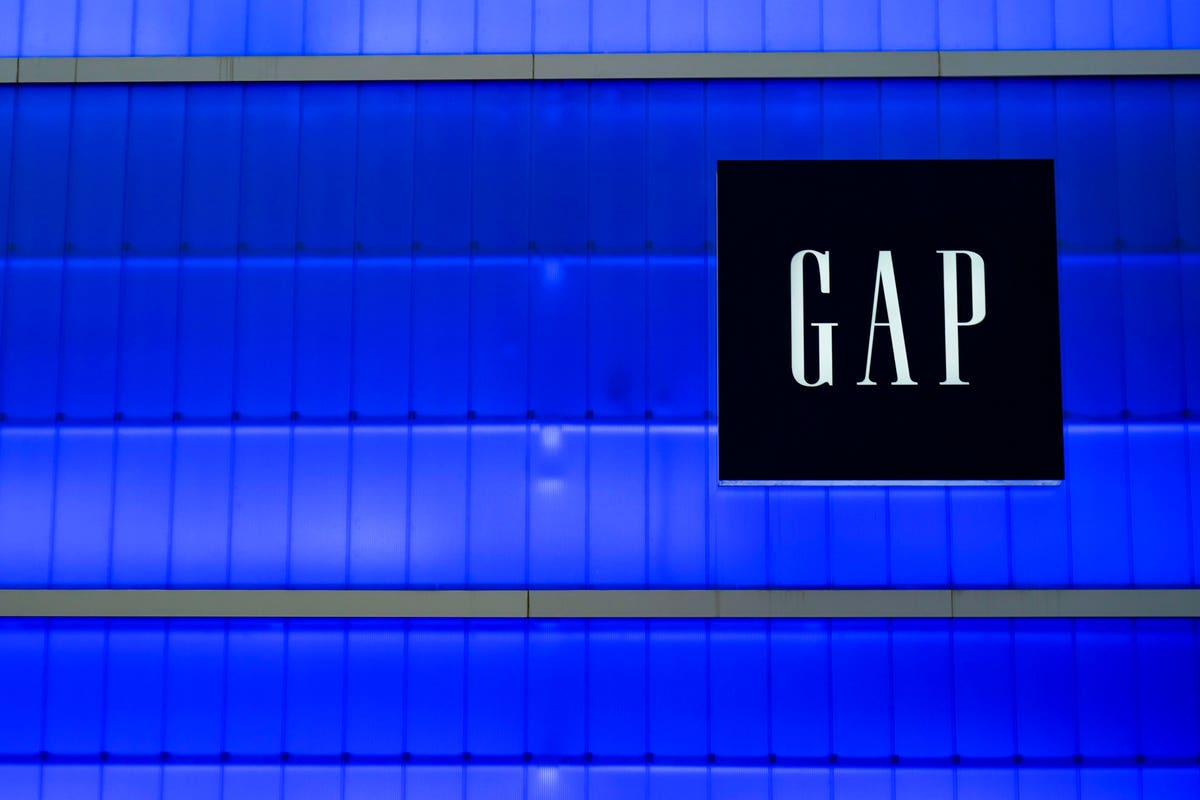When Richard Dickson sat down at his desk earlier this week as the new boss of Gap
GPS
The July announcement of his appointment came after a tumultuous time for Gap Inc. after former CEO Sonia Syngal left the company a year ago, with chair Bob Martin stepping in on an interim basis.
Already sailing in choppy waters, a steady ship this is not.
While Dickson has little experience in the fiercely competitive world of apparel, he was appointed to the Gap Inc. board in November of 2022 and has held roles at Bloomingdales and Jones Group.
But he has spent most of his career at toy maker Mattel
MAT
One look at the sales and this week’s second quarter earnings update across the Gap Inc. brands will tell him that the San Francisco-headquartered group is in desperate need of clear direction, continuity and an approach that differentiates it from the myriad formal and fast fashion retailers that have eaten its lunch over the past decade.
The good news for Gap is that Dickson oversaw a wide range of categories across Mattel, including its franchise agreements. That means he has a good understanding across all facets of the retail business and independent director, Mayo A. Shattuck III, said in a statement announcing his arrival: “Richard has invaluable expertise in areas critical to the work Gap Inc. is doing to strengthen the company for the long term.”
During the 1990s, Gap captured a transitional time when many office workers switched from more formal to smart casualwear and its mix of good quality basics hit just the right note. But that edge gradually faded.
Gap chair Bob Martin cited Dickson’s experience as a “proven transformational brand builder and belief in the power of inclusivity”, as making him a perfect fit in Gap’s official appointment statement. Gap Inc.’s constant leadership churn means a consistency has been missing.
Gap says it identified Dickson as an architect of change and he has plenty to ponder.
Growth Brands Slowing
Sales growth has gradually slowed at value fashion brand Old Navy and on August 24 it announced second quarter net sales of $1.96 billion, down 6% compared with last year.
There was once talk of spinning Old Navy off but group and leadership changes have seen its sales slip and with Old Navy sitting within an increasingly competitive segment, especially given the arrival of more European rivals, Dickson will need to chart the best path for a former star.
In more recent years Gap Inc.’s growth focus has switched towards its Athleta activewear label. However, after a dip in Q1 sales, in Q2 that dip was reduced to just 1% and Gap said the brand had taken “near-term actions to improve product presentation and creative to better align with Athleta’s performance DNA.”
Athleta also has a new CEO in Chris Blakeslee from Alo Yoga who only started on August 7 and who should help bring fresh eyes to a business that needs a consistent vision for its next round of growth.
Banana Republic has continued to maintain a solid if unspectacular business and has announced fashion collaborations to try and keep the brand relevant, while its recent homewares launch has been well received. Second quarter earnings dropped 11% although it said that it maintained market share despite the softening sales.
While many feel Banana Republic offers some of the best growth prospects, Dickson will need to work hard to keep it just the right side of on-trend and to maintain a clear separation with the Gap brand.
As for Gap itself, the eponymous brand became the go-to for stylish basics backed by memorable marketing campaigns, with a focus on quality at reasonable prices. It was a formula which in its heyday also allowed the retailer to expand across the world.
In another tough year, net sales of $755 million for the second quarter were down 14% compared to last year. Excluding the negative impact from the sale of Gap China, the shutdown of Yeezy Gap and foreign exchange headwinds, net sales were down 4% versus last year. Gap said that sales were driven by continued strength in the women’s category offset by strategic store closures in North America.
It’s a back to basics challenge that could make turning pink into a female empowerment color seem like child’s play.
Read the full article here





